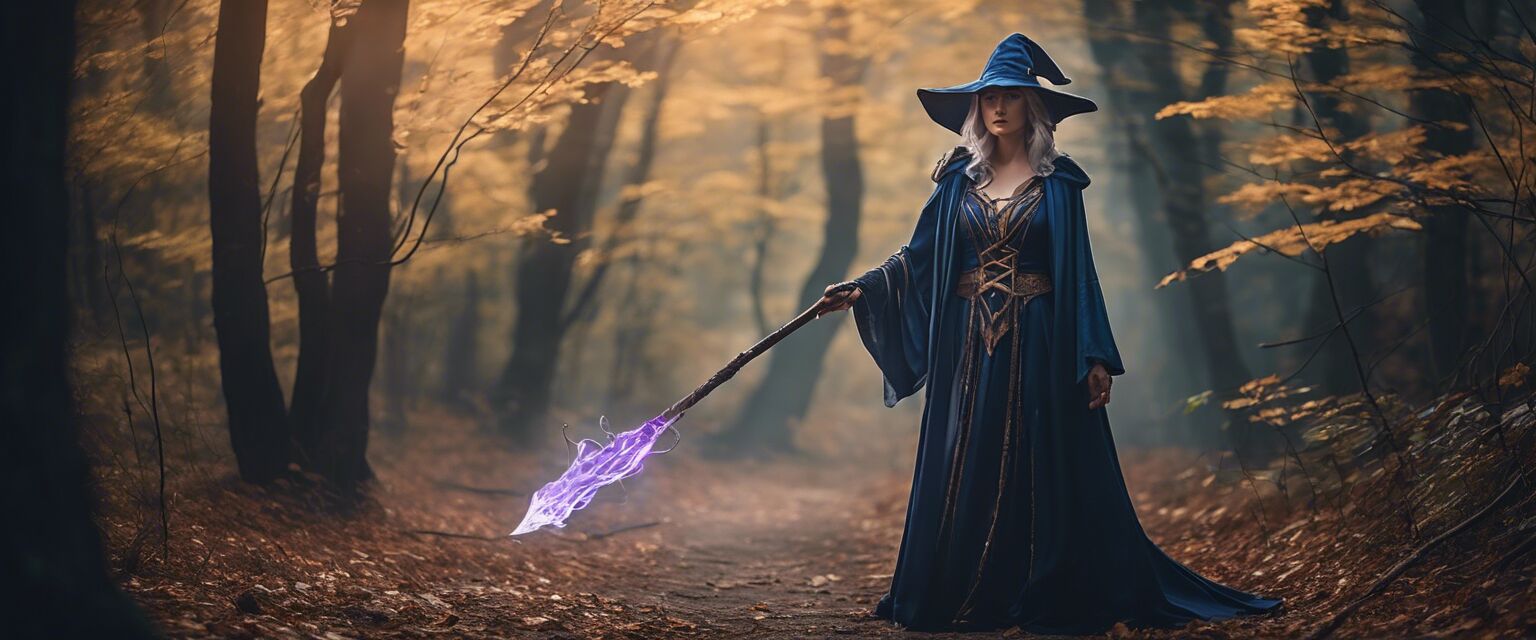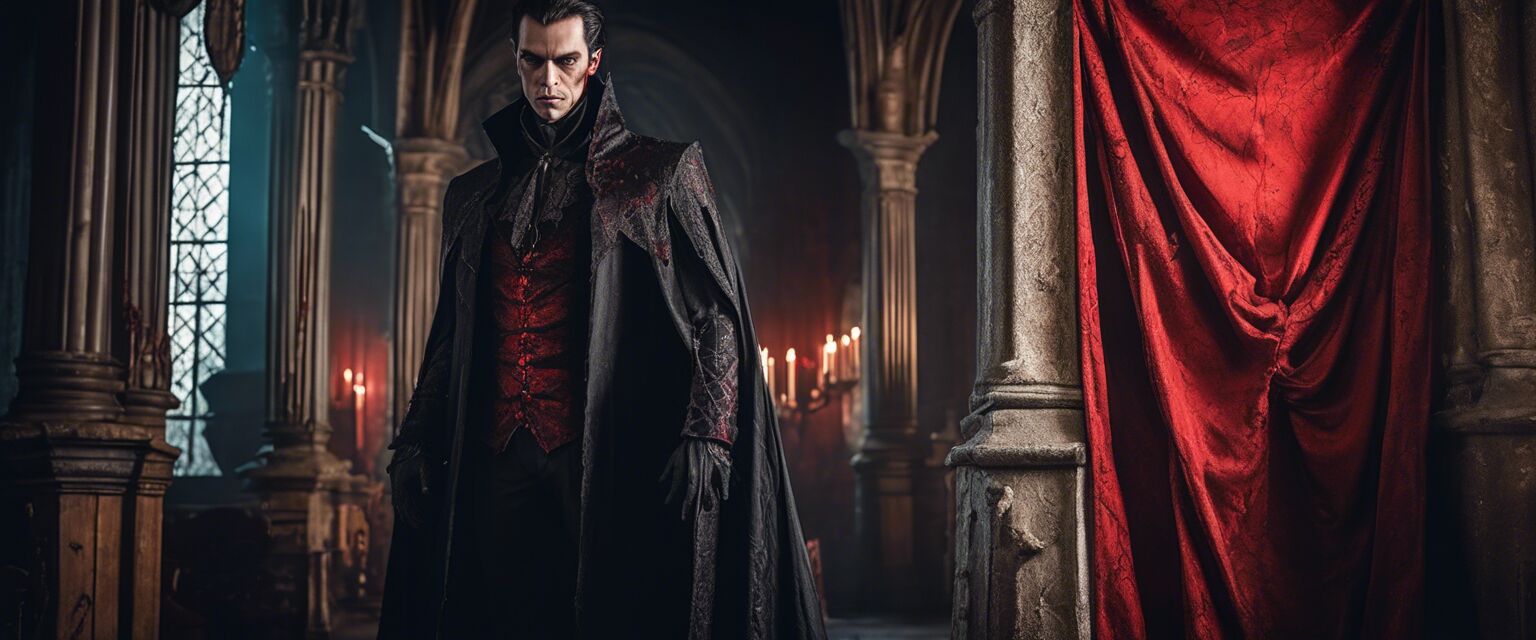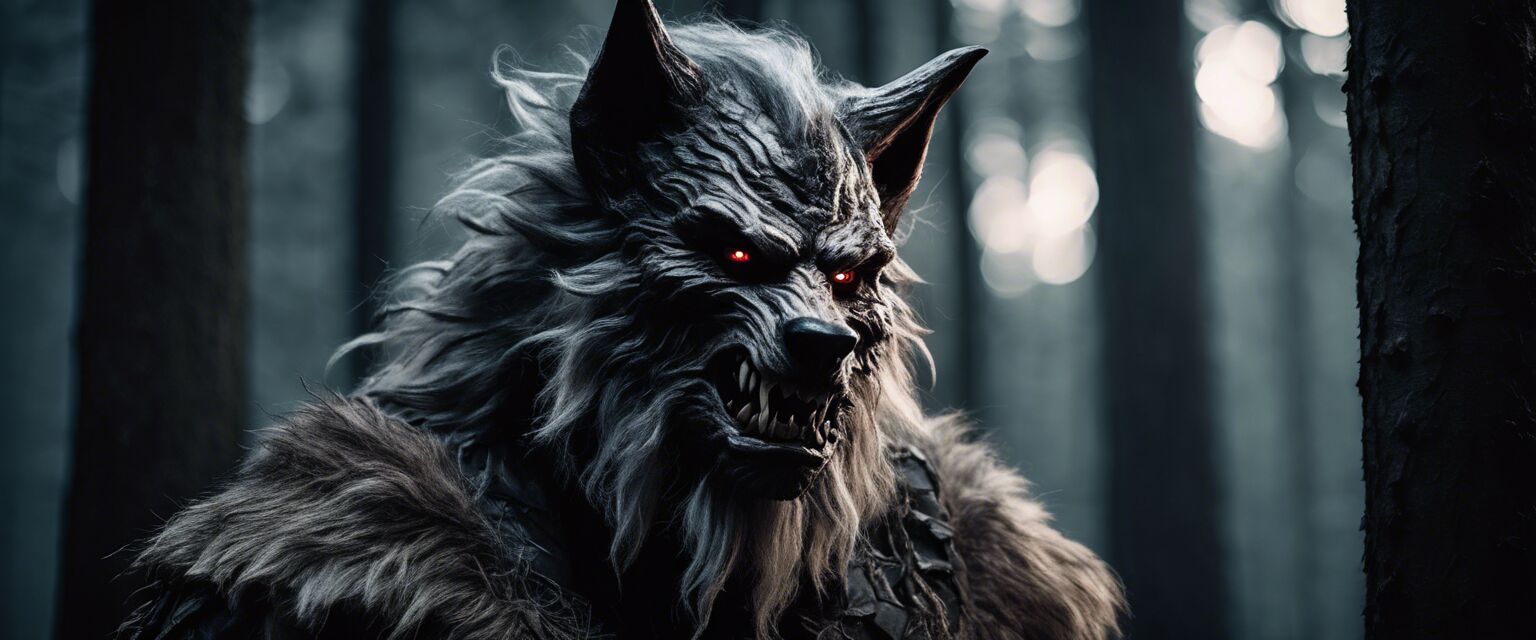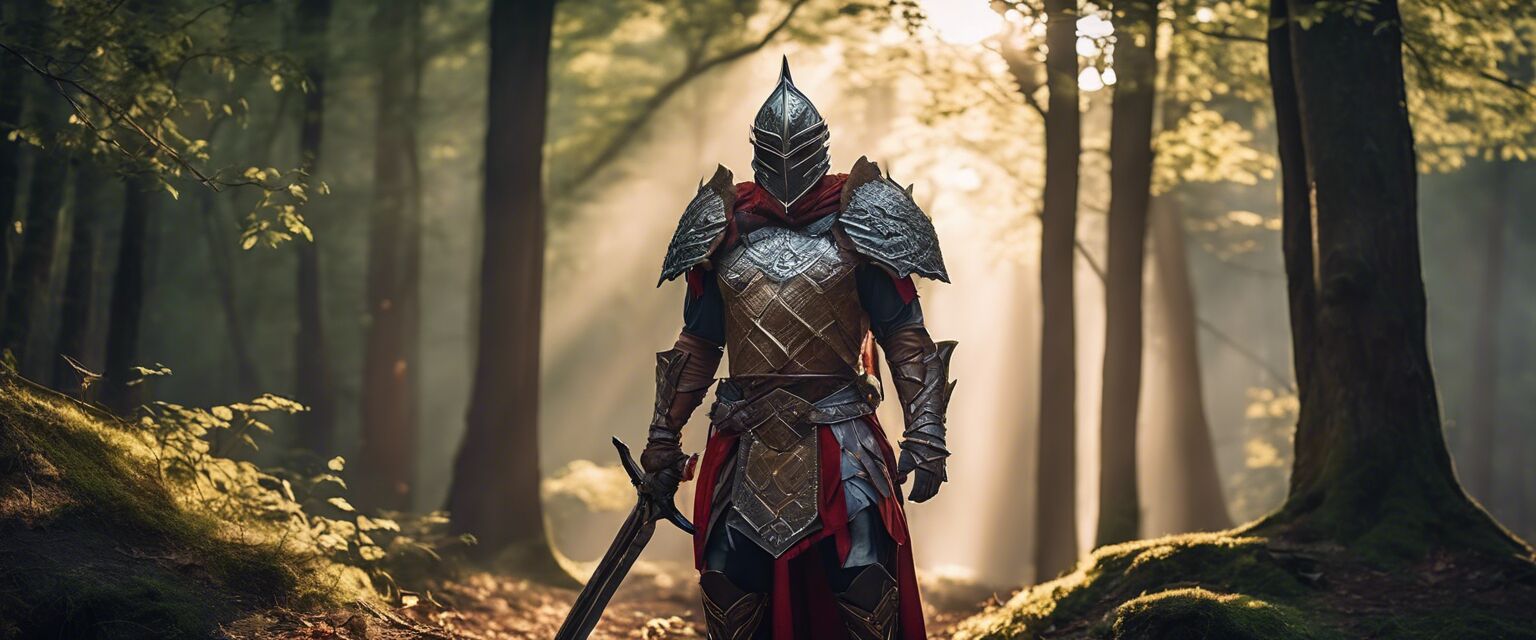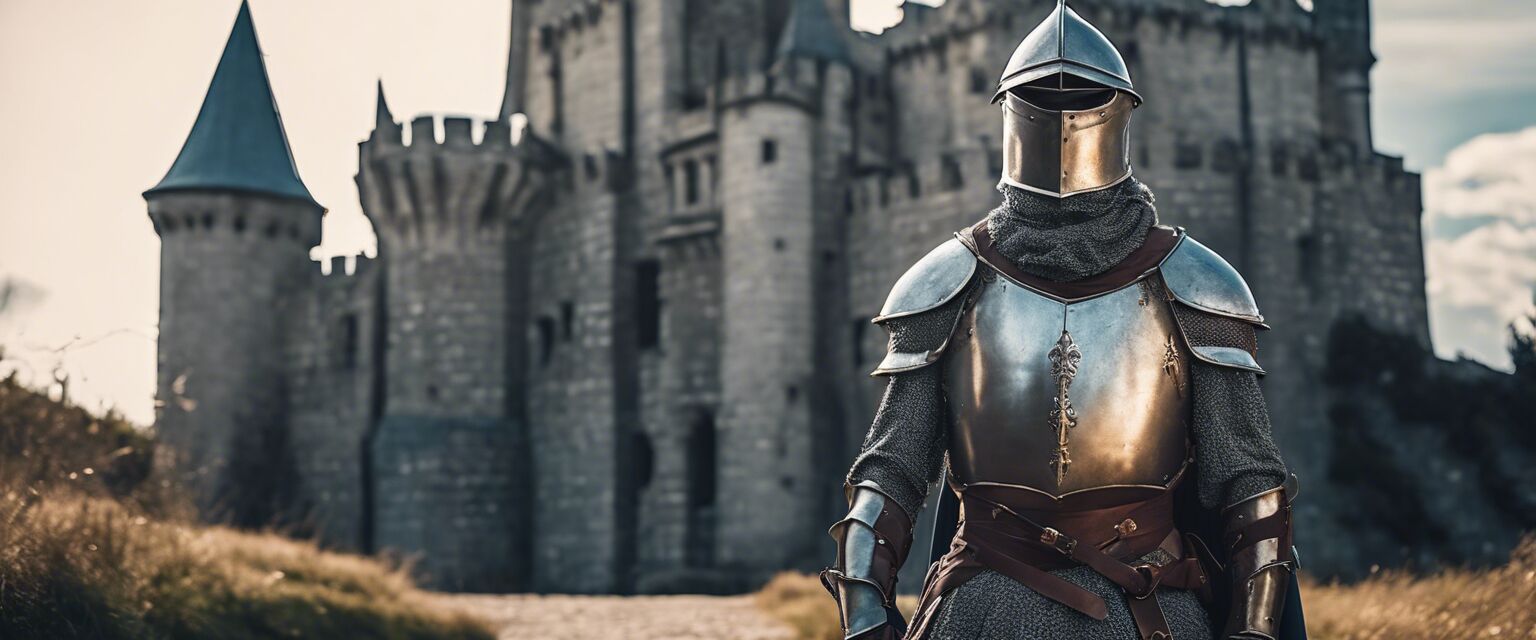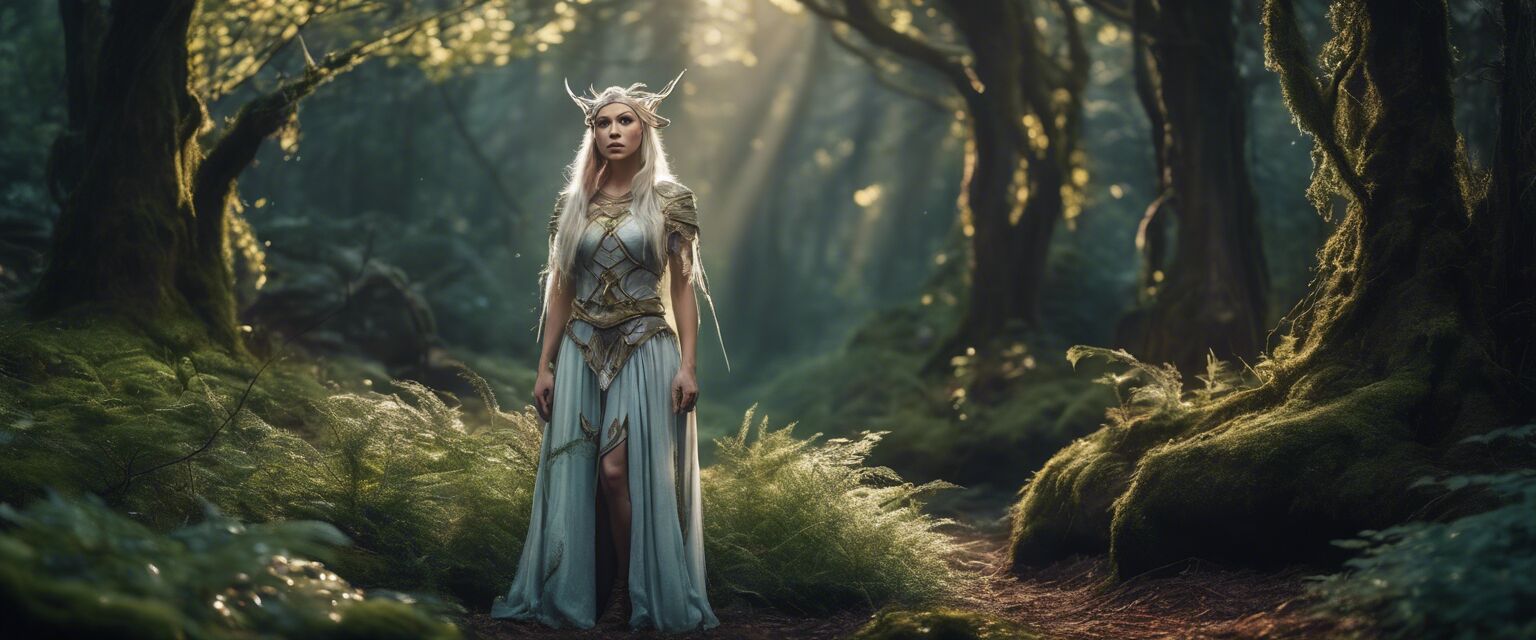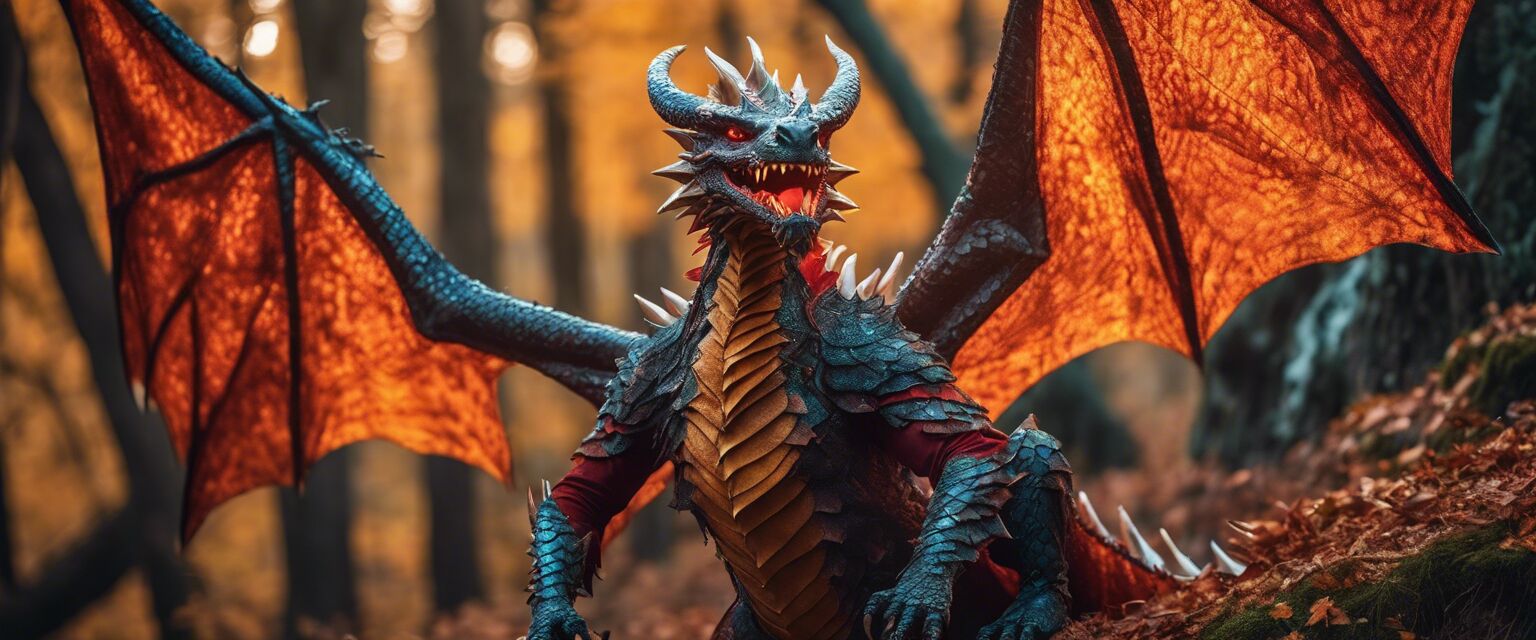
Wizard Cosplay Costumes
Key Takeaways
- Understand the key elements of wizard costumes including robes, staffs, and accessories.
- Explore various materials and designs to create a unique wizard look.
- Discover tips for effective cosplay that includes makeup and character portrayal.
- Learn about popular wizard character inspirations from literature and media.
Cosplaying as a wizard can be an enchanting journey into the world of magic and fantasy. Whether you're inspired by classic literature, modern films, or game characters, assembling the perfect wizard costume is an art. In this guide, we'll provide detailed instructions on how to design a powerful wizard costume that reflects both personal style and dedicated craftsmanship!
Elements of a Wizard Costume
A wizard costume is more than just a robe; it's a reflection of a characterâs power and personality. Here, we've outlined the essential elements to consider:
| Element | Description |
|---|---|
| Robes | Flowing garments that symbolize power and knowledge. |
| Staff | A tool of magic often used in spells and enchantments. |
| Accessories | Hats, belts, and magical items that add character depth. |
| Footwear | Boots or shoes that match the style of the wizard. |
| Makeup | Face paint to enhance the mystical appearance. |
Designing Your Wizard Costume
When designing your wizard costume, itâs important to focus on details that make your character stand out. Below are some key design tips:
- Choose a color palette that reflects your wizard's personality.
- Incorporate symbols or patterns that are important to the character.
- Opt for layers to create depth and complexity in the outfit.
Materials to Consider
The materials used in your costume will play a significant role in the overall look and feel. Here are some commonly used materials:
| Material | Advantages |
|---|---|
| Satin | Sleek appearance, ideal for formal wizard robes. |
| Velvet | Luxurious feel, adds depth to the costume. |
| Cotton | Lightweight and breathable for comfortable wear. |
| Leather | Dramatic effect, great for accessories like belts and bags. |
Popular Wizard Characters for Inspiration
Drawing inspiration from well-known wizard characters can help you craft a captivating costume. Below are some popular choices:
- Gandalf: From J.R.R. Tolkienâs Middle-earth, he is iconic for his gray robes and staff.
- Merlin: The legendary wizard of Arthurian lore, known for his deep blue robes and magical abilities.
- Harry Potter: The young wizard from the famous series, often wearing a Hogwarts robe and glasses.
- Qyburn: A former maester from the Game of Thrones series, known for his dark, sophisticated style.

Creating Accessories
Accessories can dramatically enhance your wizard costume. Here are some critical accessories to consider:
- Wands and staffs: Create a unique wand that symbolizes your magic style.
- Hats: Pointy hats or stylish headpieces add flair to your overall look.
- Bags: A mystical bag can store all your magical items.
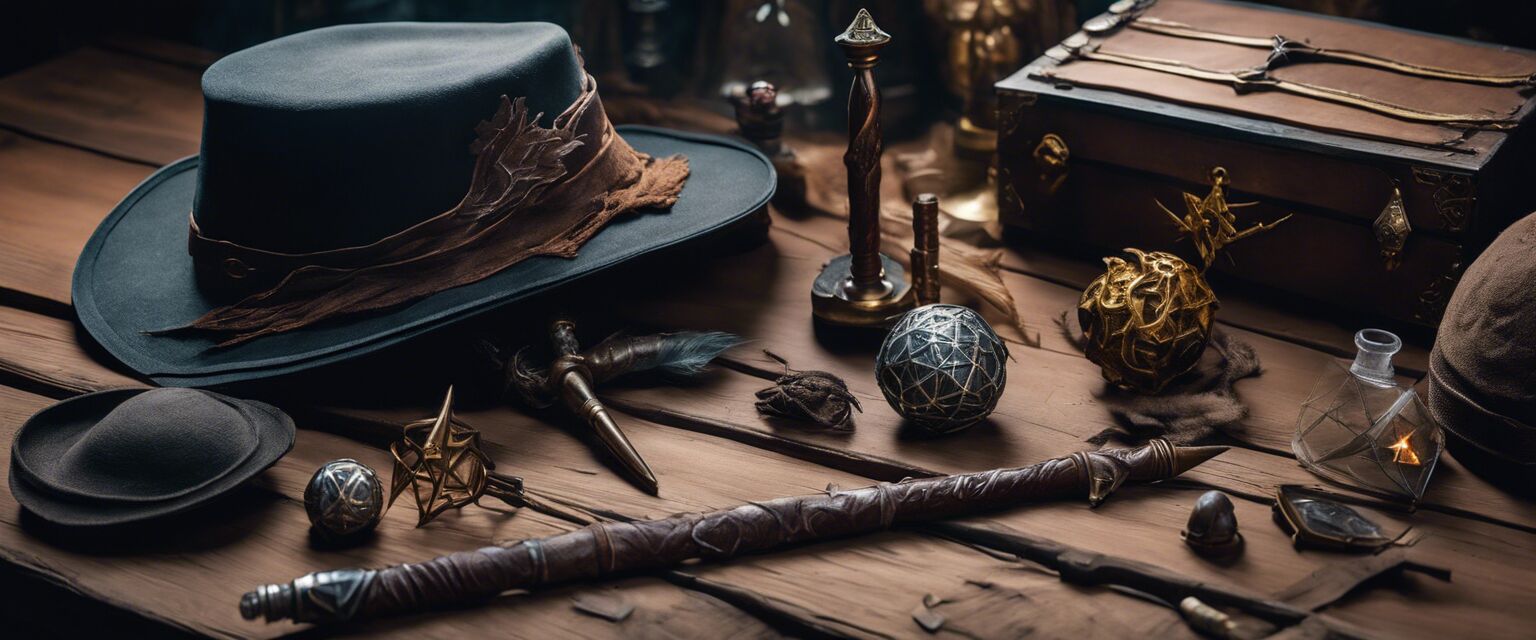
Cosplay Tips for Wizards
Beginner-friendly tips
- Start simple: Begin with essential elements and build your costume over time.
- Practice character persona: embody the character through gestures and speech.
- Attend workshops: Join local cosplay communities for hands-on help.
Maintain Your Costume
Once you have crafted your wizard costume, itâs essential to maintain it. Here are some tips:
- Store properly to avoid wrinkles or damage.
- Handle with care, especially when using delicate materials.
- Clean with appropriate methods depending on the fabric type.
Conclusion
With the right approach and attention to detail, your wizard cosplay costume can become a powerful expression of your creativity and fantasy world immersion. For further information on specific costume styles, explore our other categories:
- Dark Fantasy Villain Costumes
- Elven Archer Costumes
- Enchanted Royalty Costumes
- Fantasy Warrior Costumes
- Mystical Mage Costumes
Pros
- Allows for creativity in design.
- Variety of character inspirations.
- Can be worn for various events and conventions.
- Encourages community interaction and engagement.
Cons
- Can be time-consuming to create.
- Potential high costs depending on materials.
- Requires maintenance to keep in good condition.
- Body comfort varies based on design and materials.
